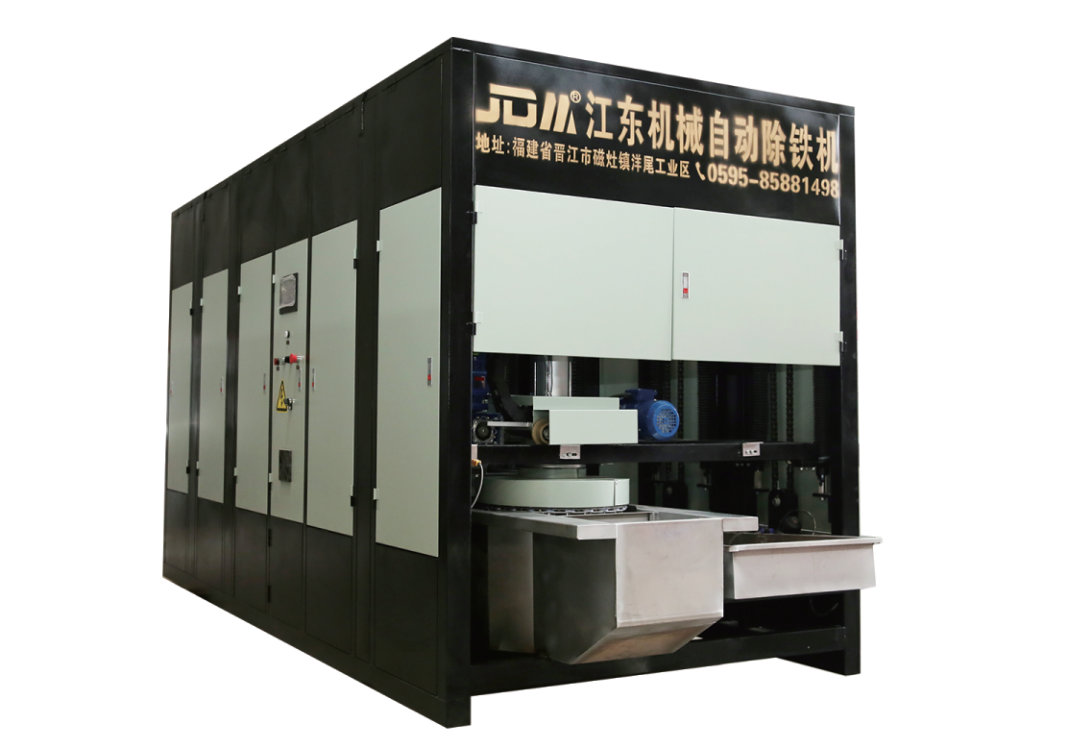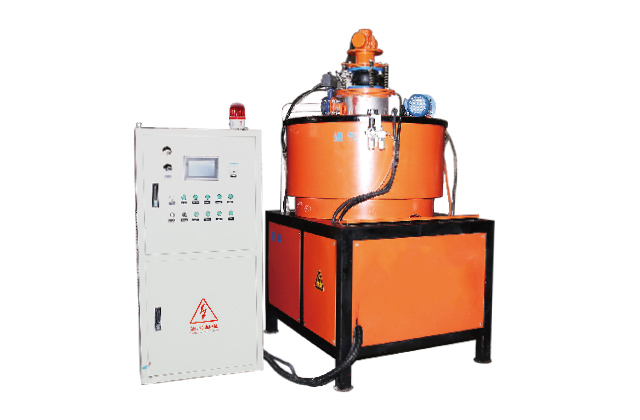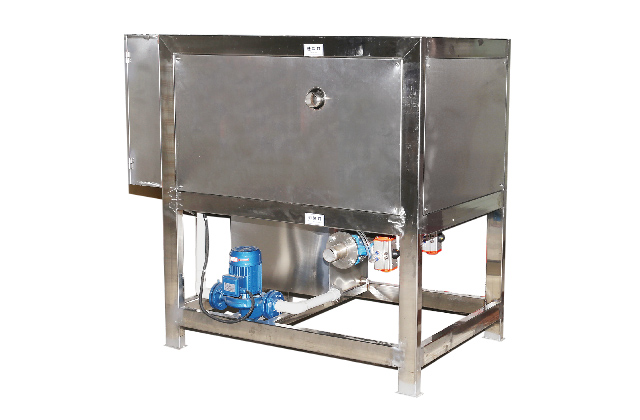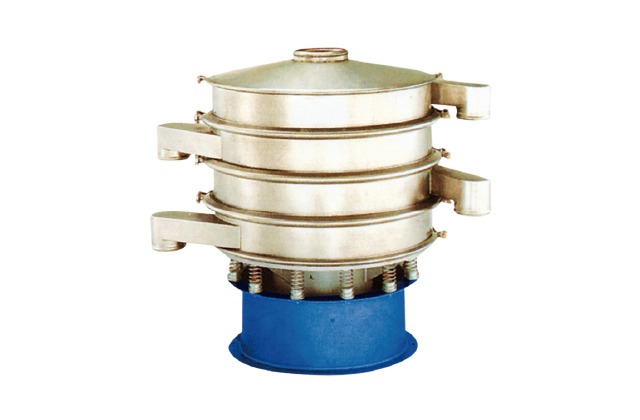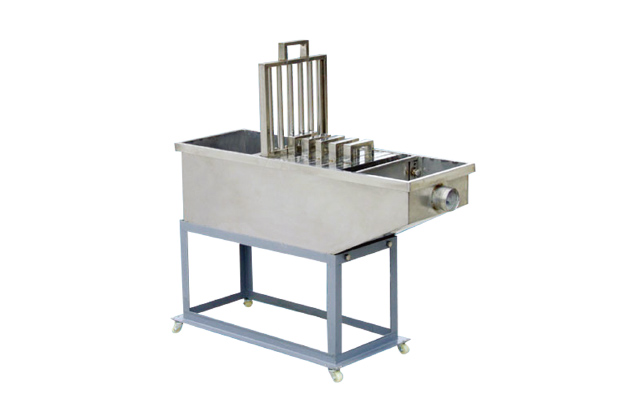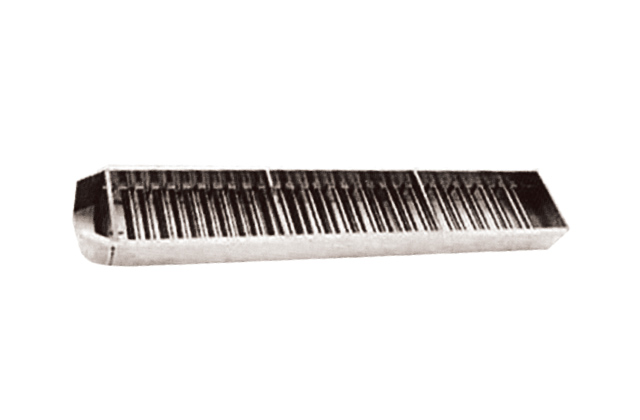September 15, 2025
How to Effectively Remove Iron from Your Water Supply: A Comprehensive Guide to Iron Removal Systems
Introduction to Iron Removal Systems
Iron contamination in water is a common issue faced by households and industries worldwide. Excessive iron in water can lead to unpleasant tastes, stains on surfaces, and even damage to plumbing systems. If you’re struggling with iron-laden water, an iron removal system might be the solution you’ve been searching for. But how do these systems work, and why are they essential for maintaining clean and safe water supply?
What is an Iron Removal System?
An iron removal system is a water treatment solution designed to eliminate excess iron and manganese from water. These systems are particularly useful for homeowners with private wells or those living in areas where water sources are prone to contamination. Iron removal systems are not just limited to residential use; they are also widely employed in industrial settings where water quality plays a critical role in operations.
Why Do You Need an Iron Removal System?
Iron in water can cause a range of problems, from discoloration to scaling in pipes. Here are some key reasons why installing an iron removal system is a wise decision:
- Improves Water Taste and Odor: Iron can give water an unpleasant metallic taste and odor, making it unpalatable for drinking and cooking.
- Prevents Staining: Iron-rich water can leave unsightly orange or brown stains on sinks, toilets, and clothing.
- Protects Plumbing and Appliances: Over time, iron can build up in pipes and appliances, leading to reduced water flow and premature wear and tear.
- Supports Healthy Water Quality: While small amounts of iron are not harmful to health, excessive levels can be problematic, especially for people with specific dietary restrictions.
How Does an Iron Removal System Work?
Iron removal systems operate based on oxidation and filtration principles. Here’s a simplified breakdown of the process:
- Oxidation: The system introduces oxygen to the water, converting dissolved iron into solid particles. This step is crucial because iron in its solid form is easier to filter out.
- Filtration: The oxidized iron particles are then trapped by a filter, leaving the water clean and free from contamination.
- Regular Maintenance: Depending on the type of system, some models may require periodic backwashing to remove trapped particles and maintain efficiency.
Types of Iron Removal Systems
There are several types of iron removal systems available, each with its own unique features and benefits. The choice of system depends on the level of iron contamination, water usage, and personal preferences. Here are some of the most common types:
- Mechanical Filters: These systems use physical barriers to remove iron particles from water. They are relatively low maintenance and cost-effective.
- Chemical Oxidation Systems: These systems use chemicals like chlorine to oxidize iron before filtration. They are highly effective but may require more maintenance.
- Aeration Systems: These systems use air to oxidize iron, making it a popular choice for well water treatment.
- Manganese Greensand Filters: These systems are designed to remove both iron and manganese, offering a comprehensive solution for water treatment.
How to Choose the Best Iron Removal System for Your Needs
Selecting the right iron removal system can be overwhelming, especially with so many options available. Here are some factors to consider when making your decision:
- Water Testing: Start by testing your water to determine the level of iron contamination. This will help you choose a system that is tailored to your needs.
- Flow Rate: Consider the amount of water your household or business uses daily. Choose a system that can handle your water demand without compromising performance.
- Maintenance Requirements: Some systems require more maintenance than others. If you prefer a low-maintenance option, consider a mechanical filter or aeration system.
- Budget: Iron removal systems vary in price, so set a budget and look for options that offer the best value for money.
Conclusion
Iron contamination in water is a serious issue that can have far-reaching consequences for your health, plumbing, and appliances. An iron removal system is an effective and reliable solution to this problem. By understanding how these systems work and choosing the right one for your needs, you can enjoy clean, fresh, and iron-free water for years to come.

